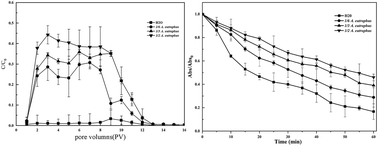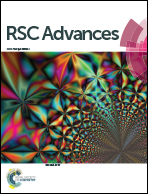Transport of nano zerovalent iron (nZVI) coupling with Alcaligenes sp. strain in porous media
Abstract
Coupling nano zerovalent iron (nZVI) particles with anaerobic bacteria is a potentially powerful approach for remediating polluted groundwater. However, little is known about the transport of these mixed systems in porous media, which could potentially affect the system's activity and half-life in aqueous environments. This study assessed the transport and stability of nZVI coupled with Alcaligenes sp. TB by column experiments and sedimentation tests. The results showed that combined bio-nZVI systems experienced significantly higher transport and lower sedimentation rates than stand-alone nZVI. The transmission electron microscopy (TEM) and scanning electron microscopy (SEM) images showed that Alcaligenes sp. TB reduced aggregation of nZVI to some extent, though slight toxicity to bacteria was observed. The results of ζ-potential measurements demonstrated that the presence of bacteria increased the electrostatic force between the particles. Voltammetry, X-ray diffraction (XRD), and X-ray photoelectron spectroscopy (XPS) analysis confirmed that the bio-nZVI system undergoes different redox processes. The presence of bacteria favored the formation of FeOOH not Fe2O3 or Fe3O4, resulting in weaker surface magnetic properties.



 Please wait while we load your content...
Please wait while we load your content...